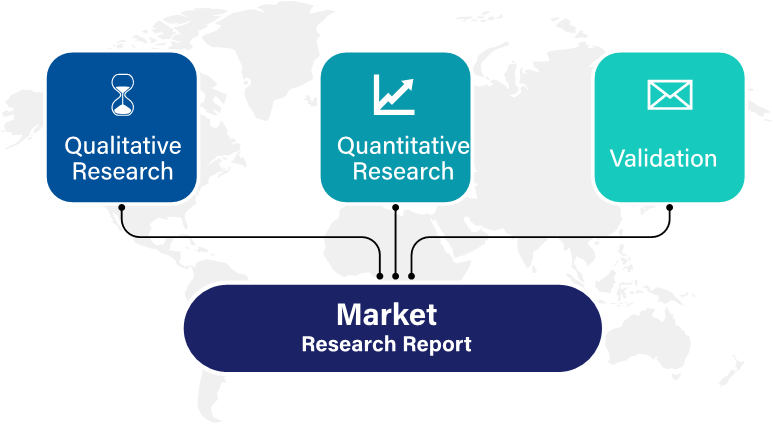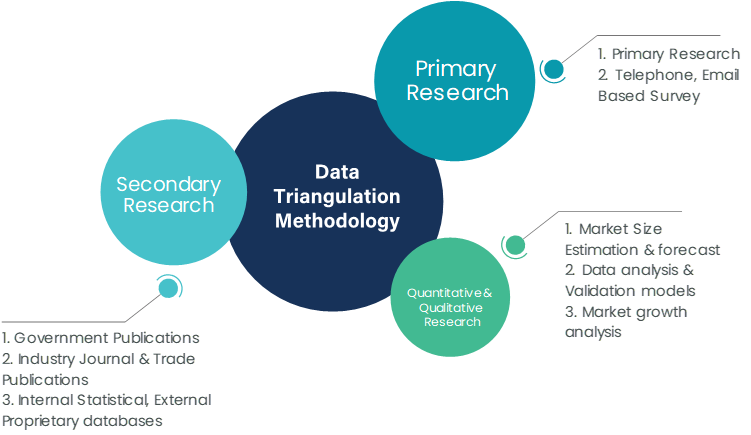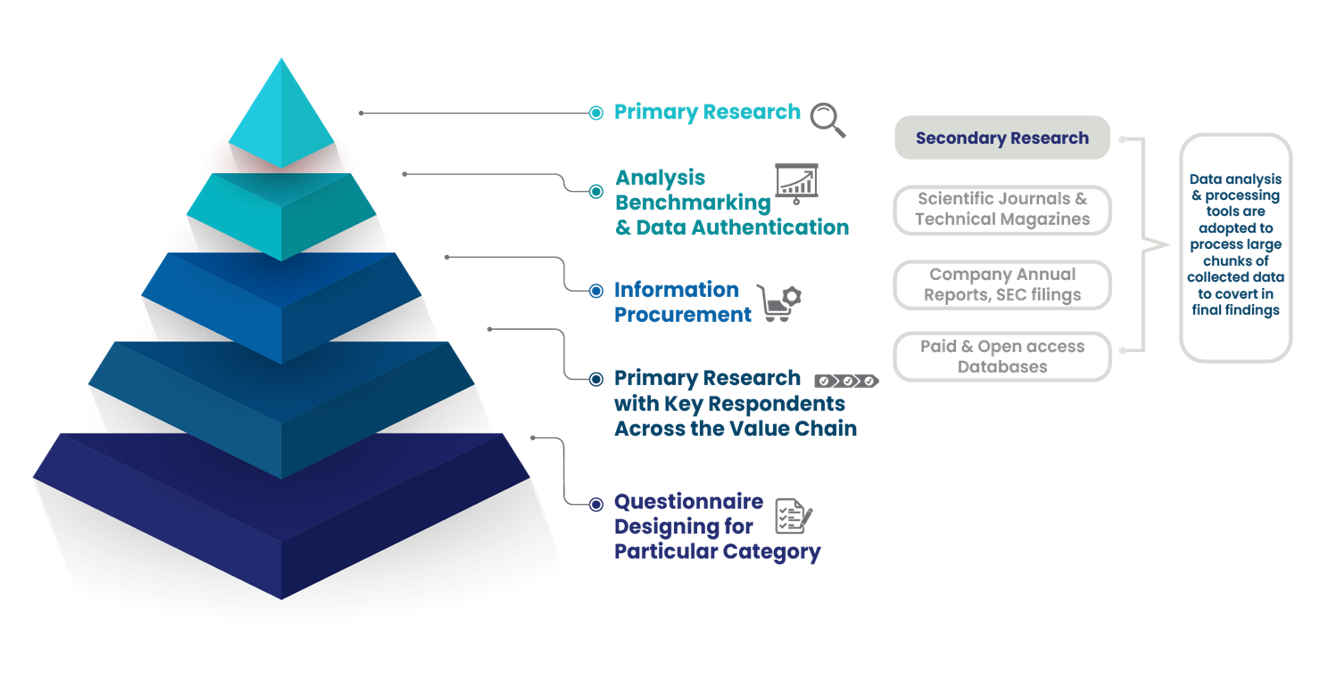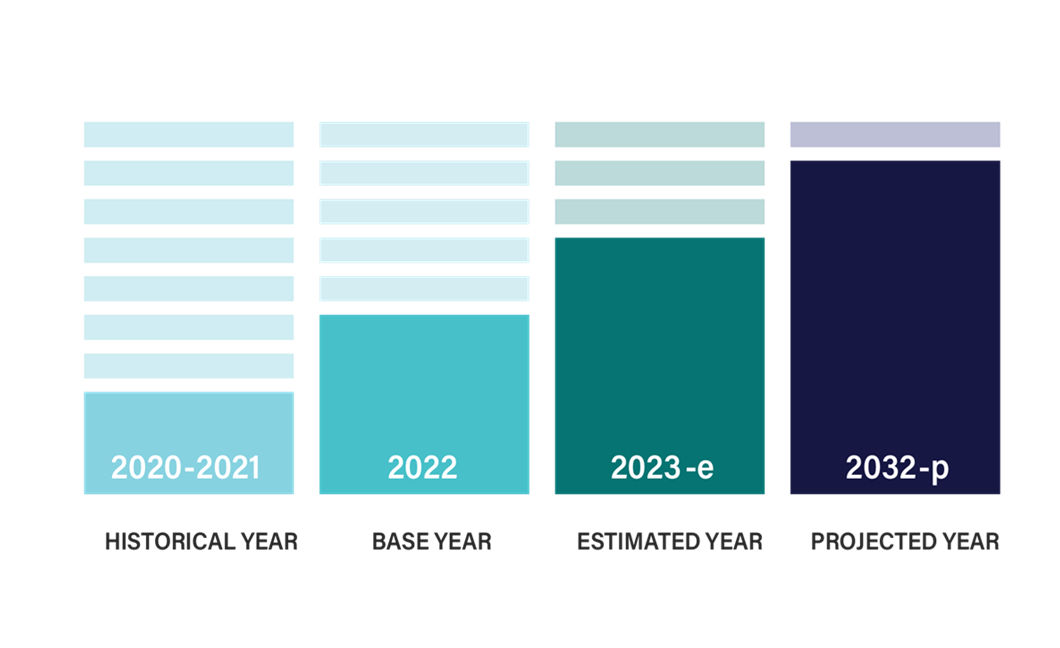

The global proximity sensor market has witnessed steady growth over the past decade, driven by the increasing demand for automation, industrial advancements, and the rising importance of safety systems in various sectors. Proximity sensors, which detect the presence of nearby objects without direct contact, are vital components in industries such as automotive, consumer electronics, aerospace, healthcare, and manufacturing. This report, provided by International Market Research (IMR), forecasts the proximity sensor market from 2024 to 2031, with analysis of key trends, growth factors, and regional developments.
Market Overview
As of 2023, the global proximity sensor market was valued at approximately USD 3.5 billion. The market is expected to grow at a compound annual growth rate (CAGR) of around 7.8% during the forecast period, reaching an estimated USD 6.2 billion by 2031. The proliferation of smart devices, increased use of proximity sensors in automation systems, and growing awareness about safety and security measures are driving the market forward. Furthermore, the shift toward Industry 4.0, where proximity sensors play a key role in connected environments, is expected to further fuel market growth.
Key Market Drivers
Rising Adoption of Automation: Automation in manufacturing and process industries is a critical driver for proximity sensors. Automated production lines and machinery equipped with sensors improve efficiency, reduce human errors, and enhance safety measures. As industries push toward higher levels of automation, the demand for proximity sensors is anticipated to increase.
Growth in Consumer Electronics: The consumer electronics industry is one of the fastest-growing segments in the proximity sensor market. Smartphones, tablets, and wearable devices frequently incorporate proximity sensors for functions such as screen control and power-saving features. With the continuous growth of smart devices, this segment is expected to remain a major contributor to the market.
Advances in Automotive Applications: In the automotive industry, proximity sensors are extensively used in advanced driver-assistance systems (ADAS), parking assistance, and collision detection systems. The increasing integration of sensor technology in autonomous and electric vehicles is expected to create substantial market opportunities during the forecast period.
Increasing Safety Regulations: Various industries are adopting proximity sensors as part of safety systems to prevent accidents and improve workplace safety. Governments and regulatory bodies globally have implemented stringent safety regulations in industries such as aerospace and healthcare, further driving demand for proximity sensors.
Segmentation Analysis
The proximity sensor market can be segmented by technology, end-use industry, and region.
By Technology
Inductive Sensors: These are used to detect metallic objects. They are expected to maintain a significant share due to their durability and efficiency in industrial applications.
Capacitive Sensors: Primarily used for detecting both metallic and non-metallic objects, capacitive sensors are finding growing applications in consumer electronics.
Photoelectric Sensors: These are widely used in automated systems for detecting the distance, absence, or presence of an object.
Ultrasonic Sensors: Ultrasonic sensors, which use sound waves to detect objects, are becoming more popular in automotive and robotics applications.
By End-Use Industry
Automotive: The automotive industry accounted for approximately 30% of the proximity sensor market in 2023, driven by rising demand for ADAS and smart vehicle systems.
Consumer Electronics: Smartphones and wearable devices dominate this segment, with proximity sensors improving user experience and device performance.
Healthcare: Proximity sensors are increasingly being used in medical devices and healthcare equipment to ensure accurate positioning and enhance patient safety.
Aerospace and Defense: Proximity sensors are used in aircraft systems to detect obstacles, monitor movements, and maintain safe distances, contributing significantly to this market segment.
Manufacturing and Industrial Automation: The rise of smart factories and Industry 4.0 is expected to drive the demand for proximity sensors in automated processes and robotic systems.
By Region
North America: This region is expected to continue leading the global proximity sensor market, primarily due to the high demand from the automotive and aerospace industries. The market was valued at USD 1.1 billion in 2023 and is projected to reach USD 2.0 billion by 2031.
Europe: Europe is the second-largest market for proximity sensors, with strong growth in automotive and industrial automation sectors. The region's focus on safety regulations and smart city initiatives is also contributing to market growth.
Asia-Pacific: The Asia-Pacific region is forecast to grow at the highest CAGR of 9.2% from 2024 to 2031, driven by rapid industrialization, increased manufacturing activities, and the expansion of consumer electronics in countries like China, India, and Japan.
Rest of the World (RoW): Latin America, the Middle East, and Africa are emerging markets with growing industrial activities and infrastructure development, which are expected to drive demand for proximity sensors in these regions.
Key companies in the Proximity Sensor Market
Pepperl + Fuchs GmbH
Sick AG
Omron Corporation
IFM Electronic GmbH
Schneider Electric Se
Panasonic Corporation
Rockwell Automation, Inc.
Honeywell International Inc.
Avago Technologies Inc.
Hans Turck GmbH & Co., Kg.
Balluff GmbH
Fargo Controls Inc.
Autonics Corporation
Banner Engineering Corp.
Eaton Corporation
Keyence Corporation
Leuze Electronic GmbH
Murata Manufacturing Co., Ltd.
Siemens AG
STMicroelectronics
TE Connectivity
Texas Instruments Incorporated
Turck GmbH & Co. KG
Key Insights
Technological Advancements: The development of miniaturized and more energy-efficient proximity sensors is expected to fuel their adoption in compact devices such as smartphones and medical instruments.
Growth of Autonomous Vehicles: The proximity sensor market is poised to benefit significantly from the rise of autonomous and electric vehicles, with sensors being a crucial component in obstacle detection, navigation, and safety systems.
Integration with IoT: The increasing use of proximity sensors in Internet of Things (IoT) applications is a notable trend. As more devices become interconnected, proximity sensors are playing a critical role in real-time data gathering and processing.
Challenges Despite the positive growth trajectory, the proximity sensor market faces certain challenges. These include:
Cost Sensitivity: The cost of proximity sensors, especially advanced models with higher sensitivity and range, can be a barrier to adoption in certain industries.
Technological Limitations: While proximity sensors are reliable for detecting objects within a limited range, their performance can be affected by environmental conditions such as dust, moisture, and extreme temperatures, which may limit their use in specific applications.
Conclusion The global proximity sensor market is expected to experience robust growth from 2024 to 2031, driven by advancements in automation, smart devices, and automotive technology. North America and Europe will continue to lead the market, while Asia-Pacific emerges as a high-growth region. As industries continue to adopt smarter, more automated systems, proximity sensors will play an essential role in ensuring efficiency and safety across various applications. With ongoing innovations and increasing demand across sectors, the proximity sensor market is set to achieve significant milestones during the forecast period.
International Market Research (IMR) is committed to providing accurate insights and forecasts to help industry stakeholders navigate the evolving market landscape.
1. Introduction
• Market Definition
• Market Segmentation
• Research Methodology
2. Executive Summary
• Key Findings
• Market Overview
• Market Highlights
3. Market Overview
• Market Size and Growth Potential
• Market Trends
• Market Drivers
• Market Restraints
• Market Opportunities
• Porter's Five Forces Analysis
4. Proximity Sensor Market, By Technology Type
• Inductive
• Capacitive
• Magnetic
• Photoelectric/Optical
• Ultrasonic
• Others
5. Proximity Sensor Market, By Product Type
• Fixed Distance
• Adjustable Distance
6. Proximity Sensor Market, By Range Type
• <10 mm
• 10-20 mm
• 20-40 mm
• >40 mm
7. Proximity Sensor Market, By End-use Industry Type
• Automotive
• Aerospace & Defence
• Industrial
• Healthcare
• Electronics& Semiconductors
• Telecommunication
• Others
8. Regional Analysis
• North America
• United States
• Canada
• Mexico
• Europe
• United Kingdom
• Germany
• France
• Italy
• Asia-Pacific
• China
• Japan
• India
• Australia
• Latin America
• Brazil
• Argentina
• Chile
• Middle East and Africa
• South Africa
• Saudi Arabia
• UAE
8. Market Dynamics
• Market Drivers
• Market Restraints
• Market Opportunities
• Impact of COVID-19 on the Market
9. Competitive Landscape
• Key Players
• Market Share Analysis
10. Company Profiles
• Panasonic Corporation
• SICK AG
• Delta Electronics Inc.
• Riko Opto-electronics Technology Co.Ltd
• STMicroelectronics NV
• Broadcom. Inc
• Bullaf GMBH
• Fargo Controls
• Rockwell Automation
11. Market Outlook and Opportunities
• Emerging Technologies
• Future Market Trends
• Investment Opportunities
12. Appendix
• List of Abbreviations
• Sources and References
International Market Research follows a comprehensive research methodology dedicated to offering the most accurate market estimation and analysis. It leverages a data triangulation methodology to estimate the market dynamics and deliver precise estimations. The company exploits a combination of top-down and bottom-up approaches for classifying and assessing quantitative aspects of the market.

This research study is based on exhaustive quantitative and qualitative analysis.
The Quantitative analysis involves numerous models, mathematical tools, projection, and sampling techniques. It encompasses the following steps:
Recognize market variables and derive market size.
Valuation of prospects, opportunities, and market penetration rates by analyzing Application Predictive Maintenance Solutionzation, regional trends, etc.
Gauge historical market trends and derive present and future year-on-year growth trends
The qualitative analysis covers briefing about market dynamics and business opportunities and strategies. Lastly, all the research findings are authenticated over interviews with in-house industry experts, freelance consultants, and key opinion leaders, etc.


The preliminary raw data and relevant information are acquired via different sources such as secondary findings, trade surveys, and in-house repositories. Technical issues and trends are attained from technical symposia, surveys, and trade journals. Market dynamics such as driving factors, restraints/challenges, pricing trends, and opportunities are also collected using extensive secondary research via paid and open access data sources.
This info is then filtered to make sure that the related data including market trends, industry dynamics, and outlook is retained for the further research End-user. Data is constantly filtered to confirm that only authenticated sources are measured.
It comprises analysis & mapping of all the data gathered from the above step. It also includes the analysis of data differences observed across numerous data sources and arrives at final data points to be used for final calculations.
This step involves data End-user using various models, mathematical tools, projection, and sampling techniques to derive market findings. It also involves the placement of data points at suitable market spaces to gather viable conclusions.
Market estimates and forecasts are derived via simulation models. Collected data for market dynamics, Propulsion Type sets, pricing trends, and Type development is fed into the model and evaluated simultaneously. These factors are studied on a comparative basis, and their influence over the prediction period is quantified by means of regression, correlation, and time-series exploration. Analyst viewpoint & subject matter expert-based heuristic form of market sizing also plays an essential part in this step.
Some of the parameters measured as a part of the statistical model are:
Macro-economic indicators
Micro-economic indicators
Socio-political indicators
Environmental indicators
Propulsion Type indicators
Validation End-user aids to finalize data points to be used for final calculations. Primary Interviews are conducted to authenticate the data and analysis.
Primary research includes questionnaire-based research, email interactions, online surveys, and telephonic interviews. Interviewees are approached by prominent companies across the value chain including suppliers, Propulsion Type providers, domain experts, and buyers to ensure a holistic and unbiased picture of the market.
Industry participants involved in this research study include:
CEOs, VPs, market intelligence managers
Procuring and national sales managers technical personnel, distributors, and resellers
Research analysts and key opinion leaders from various domains
Our research methodology includes an ideal combination of primary and secondary initiatives.

Source: International Market Research Analysis, 2024
It involves company databases such as Hoover's: This assists us to recognize financial information, the structure of the market participants, and the industry competitive landscape.
The secondary research sources referred to in the End-user are as follows:
Supply Chain and Inventory Managemental bodies, and organizations creating economic policies
National and international social welfare institutions
Company websites, financial reports and SEC filings, broker and investor reports
Related patent and regulatory databases
Statistical databases and market reports
Corporate Presentations, news, press release, and specification sheet of Manufacturers
Open access and paid data sources:
Eurostat
Statista
OneSource
Plastemart
WHO and World Bank
ITU
Factiva
Hoovers
Primary research includes online surveys and telephonic interviews.
Means of primary research: Email interactions, telephonic discussions, and questionnaire-based research, etc.
To validate our research findings and analysis, we conduct primary interviews of key industry participants. Insights from primary respondents help in validating the secondary research findings. It also develops Research Team’s expertise and market understanding.
Industry participants involved in this research study include:
CEOs, VPs, market intelligence managers
Procuring and national sales managers technical personnel, distributors, and resellers
Research analysts and key opinion leaders from various domains
We employ of following parameters in the absence of concrete data sources:
We assign weights to various parameters and quantify their market influence with the help of weighted average analysis, to derive an expected market growth rate
Income distribution, purchasing pattern, per capita income, and other end-user associated parameters
GDP, inflation rate, per capita disposable income, etc.
Expenditure, financial policies of the country, infrastructure and sector growth, and facilities

Source: International Market Research Analysis, 2024
International Market Research(IMR) is global leader in Market Research & Consulting services.